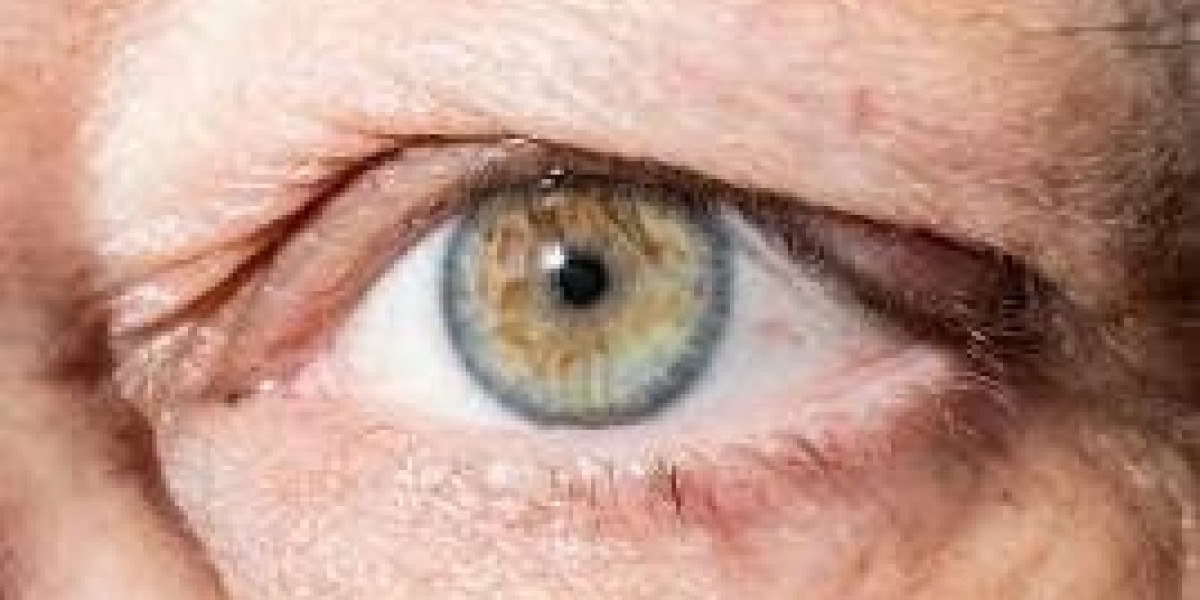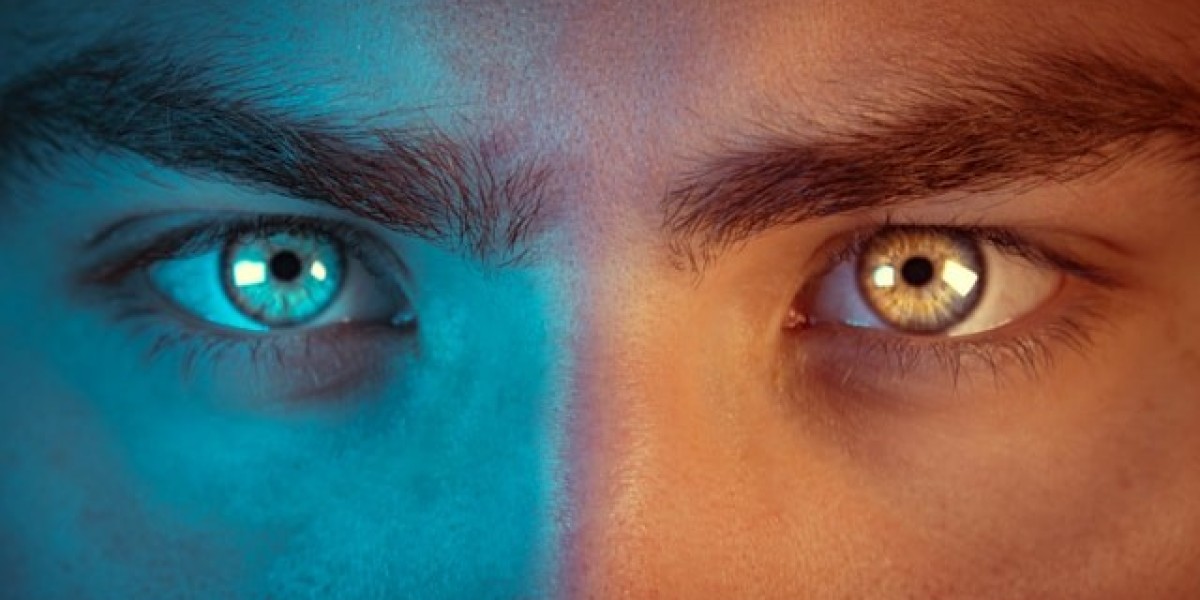Hooded eyes, characterized by excess skin folding down from the brow bone to the lash line, can be a natural genetic trait or a result of aging. While hooded eyes are perfectly normal and often beautiful, they may cause aesthetic concerns or practical issues such as impaired vision or difficulty applying makeup. Fortunately, there are various treatments available — ranging from non-invasive techniques to surgical procedures — to address hooded eyes, depending on your preferences and goals.
What Are Hooded Eyes?
Hooded eyes occur when the upper eyelid appears smaller due to a prominent brow bone and a fold of skin that droops over the crease. Some people are born with this eye shape, while others develop it over time due to loss of skin elasticity, muscle weakening, or fat redistribution.
Hooded eyes are not a medical condition in themselves unless they impair vision. However, many seek treatment for cosmetic reasons, especially as sagging becomes more pronounced with age.
Non-Surgical Treatments for Hooded Eyes
If you prefer non-invasive or low-risk treatments, there are a variety of options that can enhance the appearance of hooded eyes without going under the knife.
1. Skincare and Anti-Aging Products
While creams and serums can’t remove hooded eyes completely, they can help tighten the skin and improve elasticity:
Retinol: Stimulates collagen production and reduces fine lines.
Peptides: Strengthen skin structure and improve firmness.
Vitamin C: Brightens and firms the skin, reducing sagging.
Eye-firming gels: Specifically designed to reduce puffiness and tighten skin temporarily.
Consistency is key — visible improvements take weeks or months of regular use.
2. Botox (Botulinum Toxin)
Botox is a popular non-surgical treatment for hooded eyes caused by aging. It works by relaxing the muscles around the eyes and lifting the brow area, creating a more open, youthful look.
How it works: Botox is injected into the muscles that pull the eyebrows downward. When these muscles are relaxed, the brows naturally lift.
Results: Effects last 3 to 6 months.
Best for: Mild to moderate hooding due to age-related sagging.
3. Dermal Fillers
While less common than Botox for hooded eyes, fillers can add volume to the brow area and help lift sagging skin.
Types used: Hyaluronic acid fillers like Juvederm or Restylane.
Application: Injected just above the brow to create a subtle lift.
Duration: Results can last from 6 months to over a year.
4. Ultherapy and Radiofrequency Treatments
These energy-based treatments use ultrasound or radiofrequency to heat the deeper layers of skin and stimulate collagen production.
Ultherapy: Uses ultrasound waves to target deeper layers of skin.
Thermage: Uses radiofrequency energy to tighten skin.
Benefits: Non-invasive, minimal downtime, and gradual improvement over 2–6 months.
Consideration: Best for people in early stages of hooding.
Makeup Techniques for Hooded Eyes
Makeup can dramatically enhance the appearance of hooded eyes with the right techniques:
1. Primer and Waterproof Products
Use a good eye primer to prevent makeup from smudging or creasing.
Choose waterproof eyeliner and mascara to keep the product in place all day.
2. Eyeshadow Placement
Apply darker shades above the natural crease to create the illusion of depth.
Use matte colors in the crease and lighter shimmer shades on the lid to open the eye.
3. Eyeliner Techniques
Avoid thick liner that can make eyes appear smaller.
A tightline (lining the upper waterline) can make lashes appear fuller without reducing lid space.
Winged eyeliner can elongate the eye and draw attention upward.
4. Lashes and Brows
Curl lashes and use volumizing mascara to lift the eye.
Well-groomed, arched eyebrows can create a lifting effect.
Makeup is a quick, effective, and affordable way to enhance hooded eyes, and with practice, results can be stunning.
Surgical Treatment: Blepharoplasty
When hooded eyes are more severe or cause vision impairment, surgery may be the best solution. The most effective surgical option is upper eyelid blepharoplasty.
What Is Blepharoplasty?
Blepharoplasty is a surgical procedure to remove excess skin, fat, and sometimes muscle from the upper eyelids.
The Procedure:
A small incision is made along the natural eyelid crease.
Excess skin and fat are removed.
The incision is closed with fine stitches for minimal scarring.
Recovery:
Swelling and bruising last 1–2 weeks.
Stitches are typically removed after 5–7 days.
Most patients return to work within 7–10 days.
Results:
More visible upper eyelid space.
Youthful and refreshed appearance.
Permanent results (though aging will continue naturally).
Risks:
As with any surgery, blepharoplasty carries risks like infection, scarring, or asymmetry. However, when performed by a qualified plastic or oculoplastic surgeon, it is generally safe and highly effective.
Lifestyle Changes to Help Hooded Eyes
While lifestyle changes can’t reverse hooding completely, they can slow progression and improve skin health:
Stay hydrated: Dehydrated skin loses elasticity more quickly.
Avoid smoking: Smoking accelerates skin aging.
Use sunscreen: Protecting the delicate eye area from UV damage prevents premature sagging.
Get enough sleep: Poor sleep can cause puffiness and drooping.
Manage allergies: Chronic rubbing of the eyes can lead to skin loosening.
Choosing the Right Treatment
When deciding on a treatment for hooded eyes, consider the following factors:
Severity of hooding: Mild cases may respond well to Botox or fillers, while more advanced cases might need surgery.
Budget: Surgery can cost $3,000–$6,000, while non-invasive treatments and makeup are far more affordable.
Downtime: Non-surgical methods offer little to no downtime, while surgery requires recovery.
Desired longevity: Surgery offers permanent results, while Botox and fillers are temporary.
Consulting with a dermatologist, plastic surgeon, or cosmetic specialist is essential to determine the best treatment plan for your specific situation.
Conclusion
Hooded eyes are a common and natural eye shape, often influenced by genetics or aging. Whether you want a subtle improvement with makeup, a lift with Botox or fillers, or a permanent transformation with surgery, there's a treatment option to suit your needs. Embrace your unique features, and remember that beauty isn’t defined by a specific eye shape — but if you want a change, today's cosmetic advances offer safe and effective ways to get the look you love.









